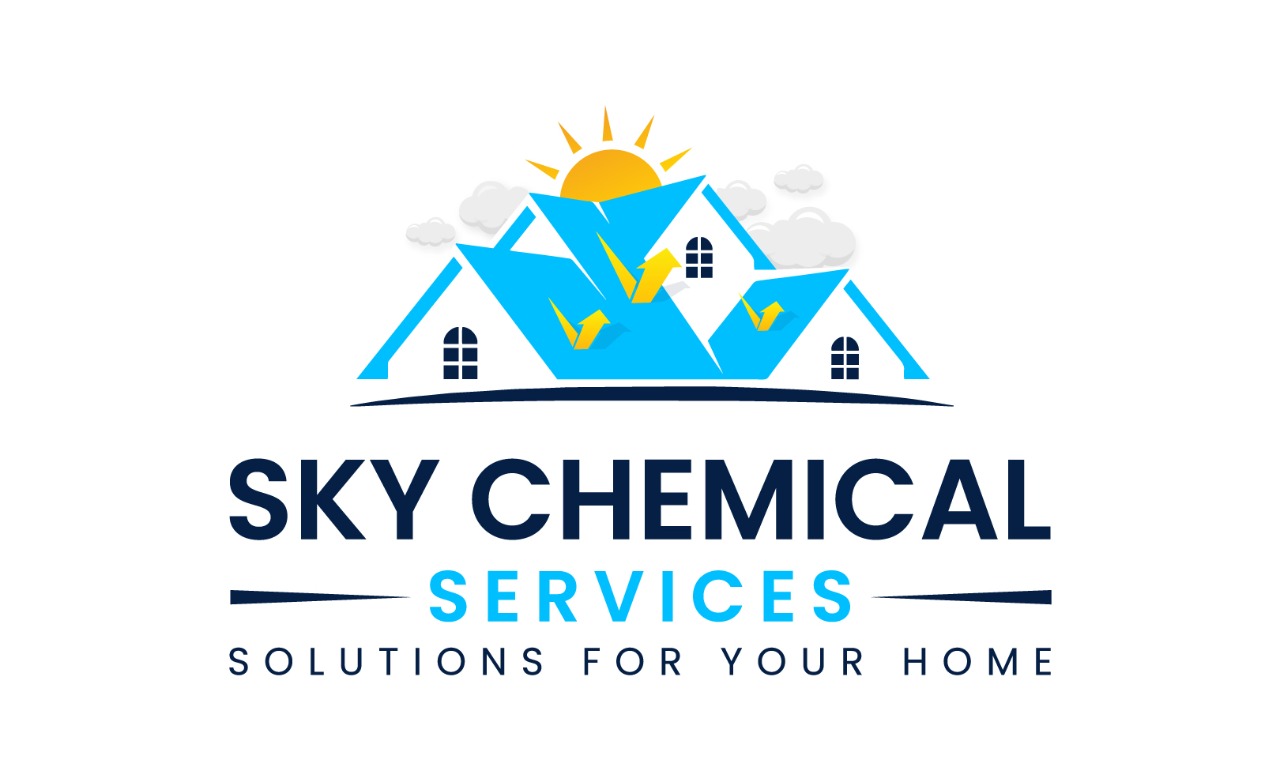Everyone has had experiences with traditional roof waterproofing materials, such as bituminous, cementitious, polyurethane, and acrylic. However, with advancements in the waterproofing industry, new methods are being incorporated for the increasing demand. Clients, who have catered to the innovations, have endorsed the results with positivity. Experience the future with our 3 Next Generation Waterproofing solutions. Superior protection for your property.
Let’s discuss the top 3 waterproofing methods!
-
Self-Healing Membranes
Due to excess damage being caused by water ingress (microscopic porosity), the surface develops tiny cracks that leads to thermal bridging and material breakdown. Homeowners and businesses fail to address the issue until it reaches maturity. A self-healing membrane is the best option to lessen maintenance repairs and protect the integrity of the structure.
Read More
How to Waterproof a Low Sloped Roof?
Is EPDM Better Than Bitumen?
How Many Coats of Primer Are Required Before Waterproofing a Concrete Roof?
Types of Self-Healing Techniques
-
Extrinstic Self-Healing
The healing chemical is infused with microvascular tube or microscopic package and, thereafter, implanted into different materials. Polymerization takes place, after the catalyst is mixed to the healing agent. The most common ones are:
- Nanoparticle Self-Healing
- Micro-capsule Self-Healing
- Microvascular Self-Healing
-
Intrinsic Self-Healing
Reversible reactions and chain segment motion repair between molecules help to heal waterproofing membranes. Some of the methods are mentioned below:
- Reversible non-covalent self-healing
- Reversible covalent self-healing
N.B. Intrinsic self-healing can be applied multiple times on a specific matrix: Its application scope is limited.
-
Microcapsule Self-Healing
Microcapsules are particles with core shell structures. The capsule core (wall of the microcapsule) is released gradually (under specific conditions) to achieve the effect. The process is divided into four categories:
-
Single Component
In this system, solvents and chemicals react with different functional groups in the polymer (after release).
-
Healing Agent Capsule
This system links to the catalyst and microcapsule-supporting monomer in the matrix. The monomer comes in contact with the catalyst after the capsule breaks.
- Other Methods
- Two Capsule Healing System
- Integrated Microcapsule System
- Solar-Integrated Waterproofing
Solar-based waterproofing is a new and diverse technique of waterproofing roofs. Compared to conventional systems, these covers generate higher amounts of energy. In addition, they are pleasing to the eye. As time passes by, solar waterproofing systems will completely replace the sheet-based process.
It is based on a double-layered protection system: The first layer is an aluminum top cover, while the other layer is a galvalume shield that redirects seeped water from the top to the pipelines. The structure can house more than 20% solar panels than traditional solar installation. Constant airflow is maintained with reduced overheating.
-
Green Roofs
Green roof involves root repellant system, growing medium, drainage system, and premium-quality waterproofing. These systems are modular with grids; each system can be installed discretely. It provides owners with various benefits, such as:
- High ROI
- Reduction in Urban Heat Island Effect
- Better Air Quality
- Fire-Threat Reduction
- Reduce Electromagnetic Radiation
- Noise Reduction
Read More
Can You Waterproof Over Existing Waterproofing?
What Causes Waterproofing to Fail?
What are the Properties of Waterproofing?
Types of Green Roofs
| Extensive Green Roofs | Intensive Green Roofs |
| Simple Design (Growing Medium Depth of 2-4 inches) | Complex Design (Wide coverage with Herbs and Trees) |
| Lightweight; do not require structural support | Resemble conventional gardens and parks |
| Require low maintenance | Require intensive maintenance and higher investment |
Common Layers of Green Roofs
The green roof comprises of the following layers:
- Vegetation
- Growing Medium
- Filter Membrane
- Drainage Layer
- Root Barrier
- Thermal Insulation
- Vapor Barrier
- Structural Support
So, which type of waterproofing structures do you want to have on your roof? Stay ahead of the curve with our innovative 3 Next Generation waterproofing. Future-proof your property against moisture damage. Contact Sky Chemical Services for a durable water-resistant membrane application.
We’re the best in the business. With our experienced workers in sync with the needs and wants of the client, they deliver exceptional results in the given time frame. Their knowledge and expertise have paved way for higher reachability and a wider customer base.
To book an appointment, call or email us today!
